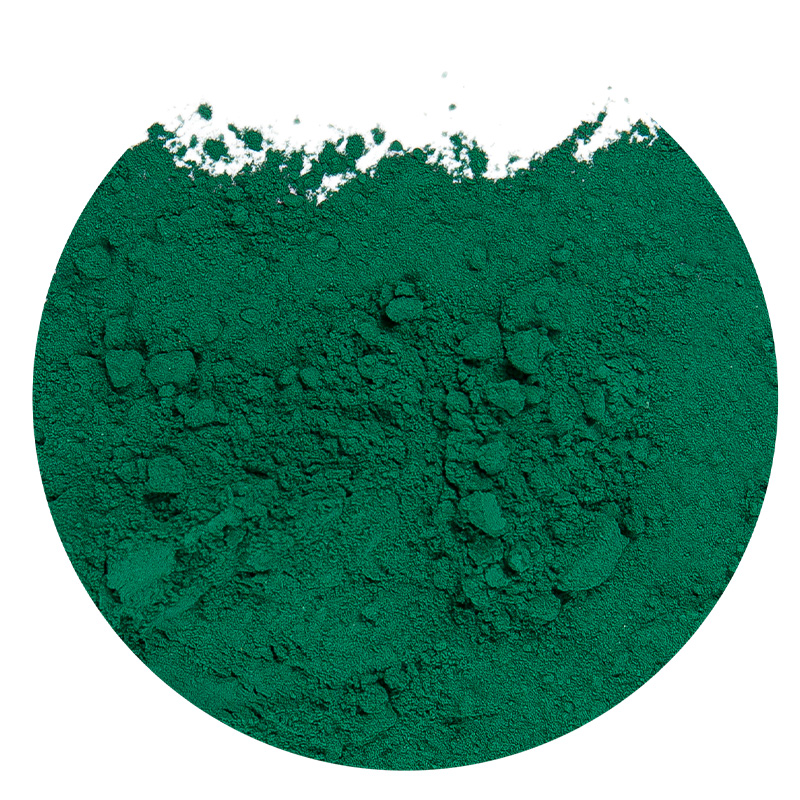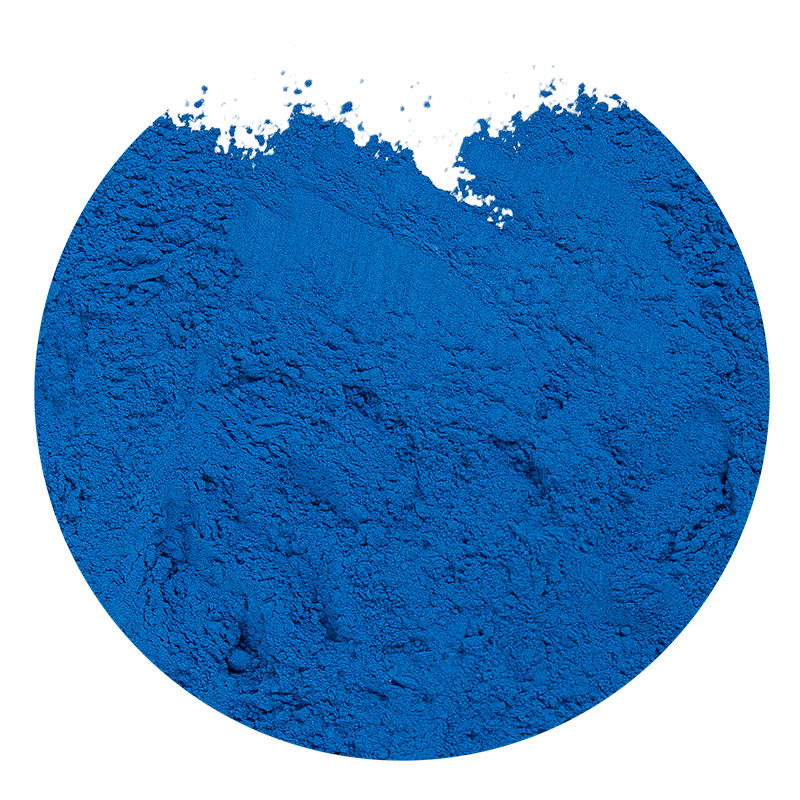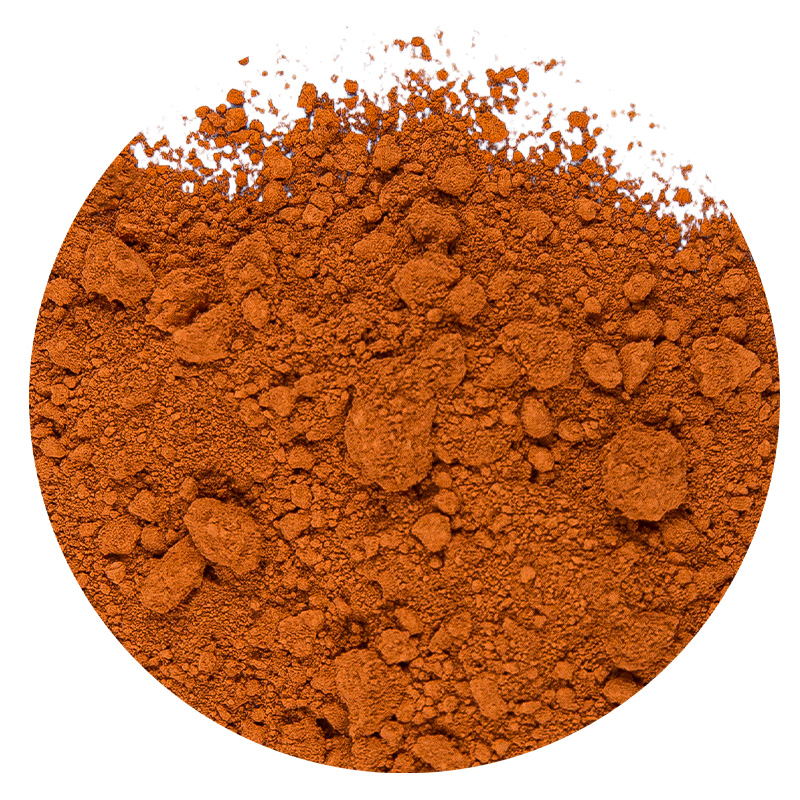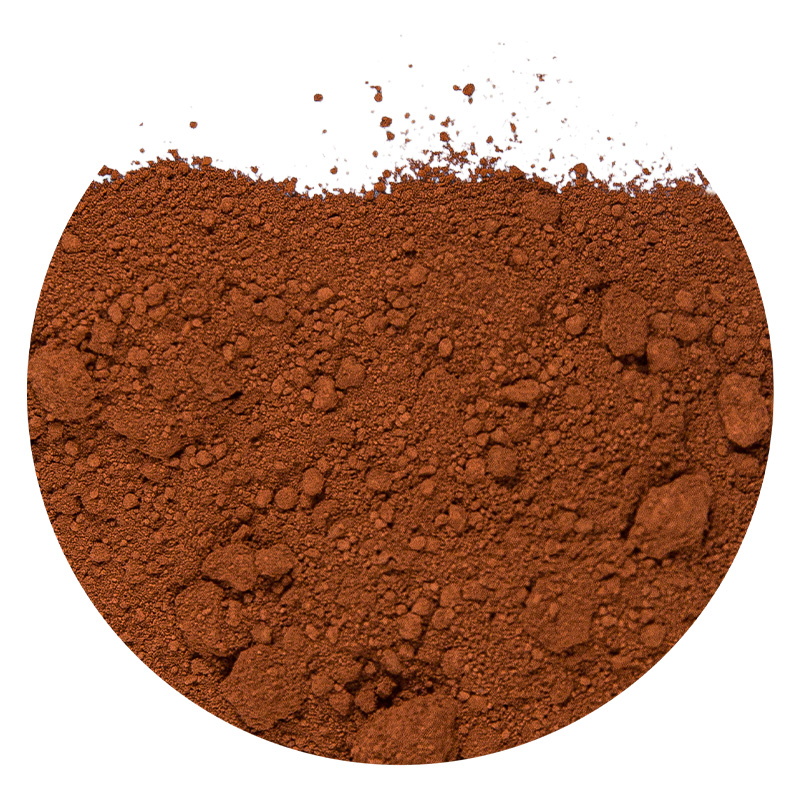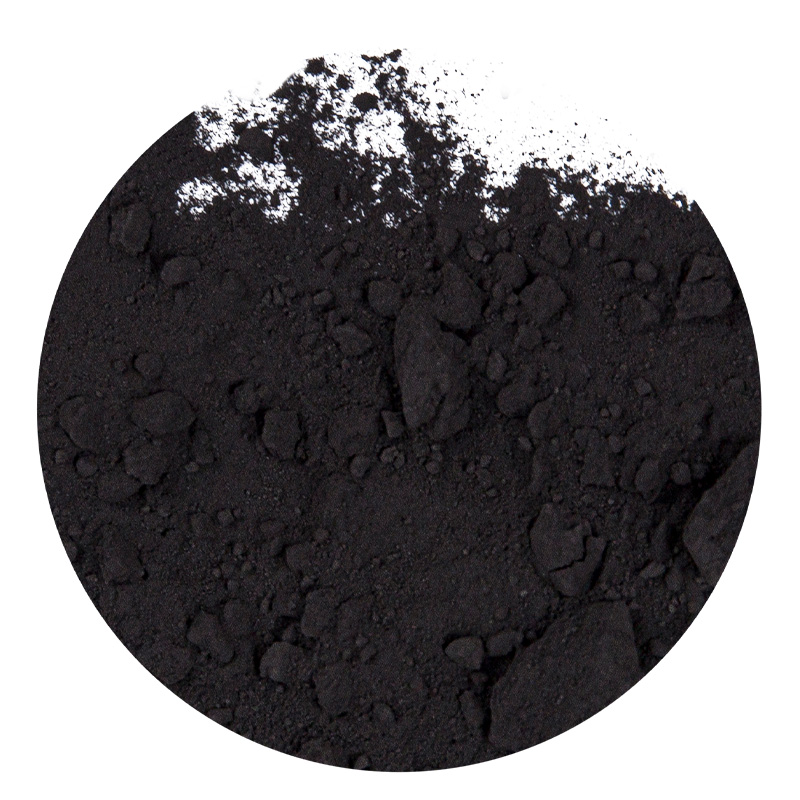Iron Oxide Green: Properties, Uses, and Benefits in Various Industries
- 1 What Makes Iron Oxide Green Pigment Unique?
- 2 Industrial Applications of Green Iron Oxide for Concrete
- 3 How to Use Iron Oxide Green in Ceramics Effectively
- 4 The Science Behind Non-Toxic Green Pigment Alternatives
- 5 Creating Custom Shades with Iron Oxide Green Color Mixing
- 6 Environmental Benefits of Choosing Iron Oxide Green
What Makes Iron Oxide Green Pigment Unique?
Iron oxide green, known chemically as a mixture of ferric oxide and other compounds, stands out among inorganic pigments for its exceptional stability and vibrant hue. Unlike organic pigments that may fade over time, iron oxide green pigment maintains its color integrity even under harsh environmental conditions. This synthetic oxide exhibits remarkable lightfastness, meaning it resists fading when exposed to sunlight, making it superior to many natural green pigments in outdoor applications.
Chemical Composition and Structure
The molecular structure of iron oxide green typically consists of iron(III) oxide (Fe2O3) blended with other metal oxides to achieve the desired green shade. This composition differs significantly from chromium oxide greens, offering:
- Lower toxicity compared to chromium-based alternatives
- Better thermal stability than organic green pigments
- Higher chemical resistance than natural earth pigments
Color Properties and Variations
The green shade can vary from yellowish-green to deep forest green depending on manufacturing processes and particle size. When compared to other green pigments:
| Property | Iron Oxide Green | Chromium Oxide Green | Phthalocyanine Green |
|---|---|---|---|
| Lightfastness | Excellent | Excellent | Good |
| Heat Resistance | Up to 300°C | Up to 1000°C | Up to 200°C |
| Chemical Resistance | High | Very High | Medium |
Industrial Applications of Green Iron Oxide for Concrete
The construction industry extensively utilizes green iron oxide for concrete coloring due to its durability and weather resistance. Unlike organic dyes that might degrade in alkaline concrete environments, iron oxide pigments maintain their vibrancy for decades, making them ideal for architectural concrete applications.
Concrete Coloring Techniques
There are three primary methods for incorporating iron oxide green into concrete:
- Integral coloring: Adding pigment directly to the concrete mix
- Surface dressing: Applying pigment during finishing
- Staining: Treating cured concrete with pigment solutions
Performance Advantages in Construction
When compared to alternative coloring methods, iron oxide green offers distinct benefits:
- Superior UV resistance compared to synthetic organic pigments
- Better dispersion characteristics than natural earth pigments
- More consistent batch-to-batch color than plant-derived dyes
How to Use Iron Oxide Green in Ceramics Effectively
Ceramic artists and manufacturers value iron oxide green in ceramics for its high-temperature stability and rich coloration. Unlike many green pigments that degrade or change color during firing, properly formulated iron oxide greens maintain their hue even in high-fire conditions exceeding 1000°C.
Glaze Formulation Considerations
Successful use in ceramics requires understanding several factors:
- Oxidation state during firing affects final color
- Glaze composition can alter pigment expression
- Firing temperature range impacts color stability
Comparison with Other Ceramic Pigments
The table below shows how iron oxide green performs relative to alternative green ceramic pigments:
| Characteristic | Iron Oxide Green | Copper Carbonate | Chrome-Tin Pink |
|---|---|---|---|
| Temperature Range | 800-1300°C | 900-1100°C | 1000-1280°C |
| Color Consistency | High | Variable | Medium |
| Glaze Compatibility | Wide | Limited | Moderate |
The Science Behind Non-Toxic Green Pigment Alternatives
As environmental regulations tighten, non-toxic green pigment alternatives like iron oxide green gain prominence. Unlike cadmium or chromium-based greens that pose health risks, iron oxide pigments offer safer handling characteristics without compromising performance.
Toxicity Profile Comparison
Iron oxide green demonstrates significant safety advantages:
- No heavy metal leaching concerns
- Minimal inhalation risk compared to chromium compounds
- Biologically inert nature reduces environmental impact
Regulatory Compliance
Iron oxide green meets numerous international safety standards:
- FDA approval for indirect food contact applications
- EU REACH compliance
- OSHA non-hazardous classification
Creating Custom Shades with Iron Oxide Green Color Mixing
Artists and industrial formulators utilize iron oxide green color mixing techniques to achieve precise hues. The pigment's excellent compatibility with other iron oxide colors allows for creating a spectrum of natural-looking greens unavailable from single pigments.
Primary Mixing Combinations
Common blending approaches include:
- Iron oxide green + yellow oxide for olive tones
- Iron oxide green + black oxide for forest greens
- Iron oxide green + red oxide for earthier greens
Color Theory Applications
Understanding color relationships helps maximize mixing potential:
| Desired Effect | Recommended Additive | Resulting Character |
|---|---|---|
| Warmer Green | Yellow Oxide | Brighter, more vibrant |
| Cooler Green | Phthalo Blue | More teal-like |
| Muted Green | Raw Umber | Natural, earthy |
Environmental Benefits of Choosing Iron Oxide Green
The production and use of iron oxide green present several ecological advantages over conventional green pigments. Its synthetic nature allows for controlled manufacturing processes that minimize environmental impact compared to mining-dependent colorants.
Lifecycle Analysis
From production to disposal, iron oxide green demonstrates:
- Lower energy requirements than chromium oxide production
- Reduced wastewater contamination potential
- Longer product lifespan reducing repainting frequency
Sustainable Manufacturing Practices
Modern production methods have enhanced sustainability:
- Closed-loop systems minimize chemical waste
- Renewable energy-powered facilities
- Recycled iron sources for raw materials

 English
English عربى
عربى русский
русский Español
Español